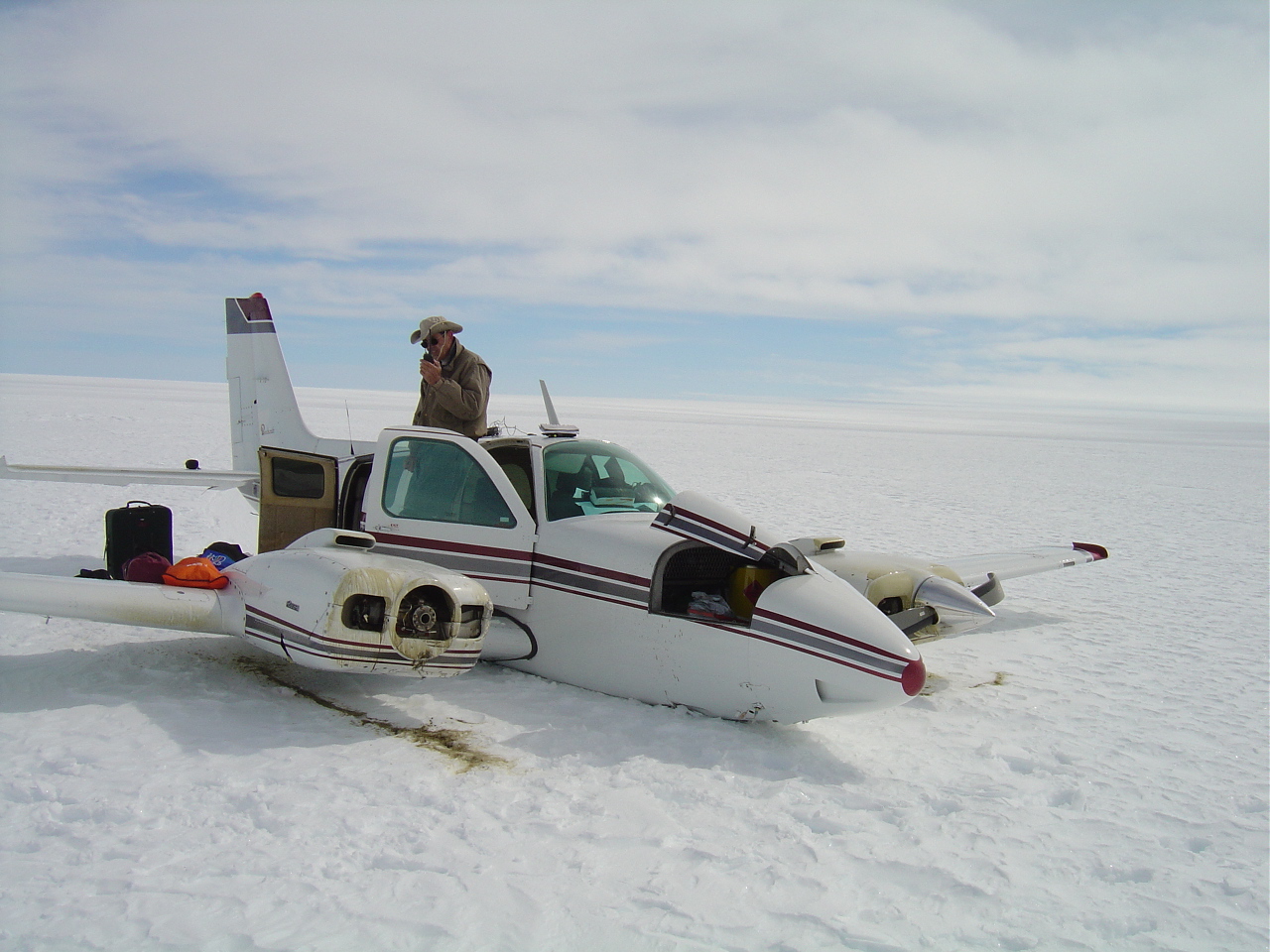evapilotaz
En-Route
- Joined
- Feb 13, 2012
- Messages
- 2,623
- Location
- Gilbert AZ. VFR All Year Baby
- Display Name
Display name:
Drone airspace abuser
I was wondering how often to do run ups. Is it every time before take off.
So for Example. I did the run up engine checks before the first take off and everything checks normal. So I come in for a full stop landing and Park the airplane for an a short period of time. Lets say 30 minutes. Should I do a run up again just before take off in this situation. Should I do run ups every time before takeoff?
So for Example. I did the run up engine checks before the first take off and everything checks normal. So I come in for a full stop landing and Park the airplane for an a short period of time. Lets say 30 minutes. Should I do a run up again just before take off in this situation. Should I do run ups every time before takeoff?


